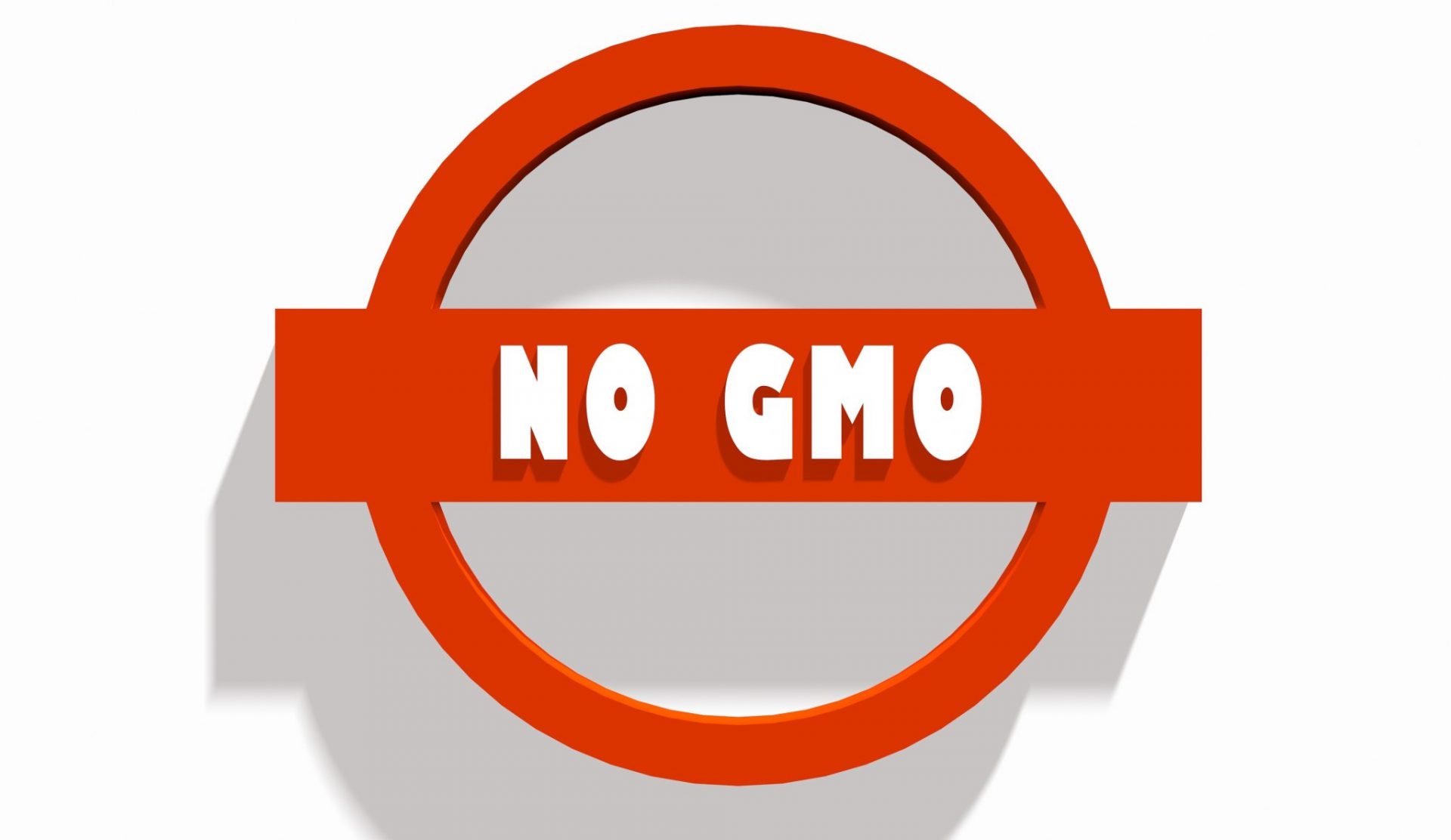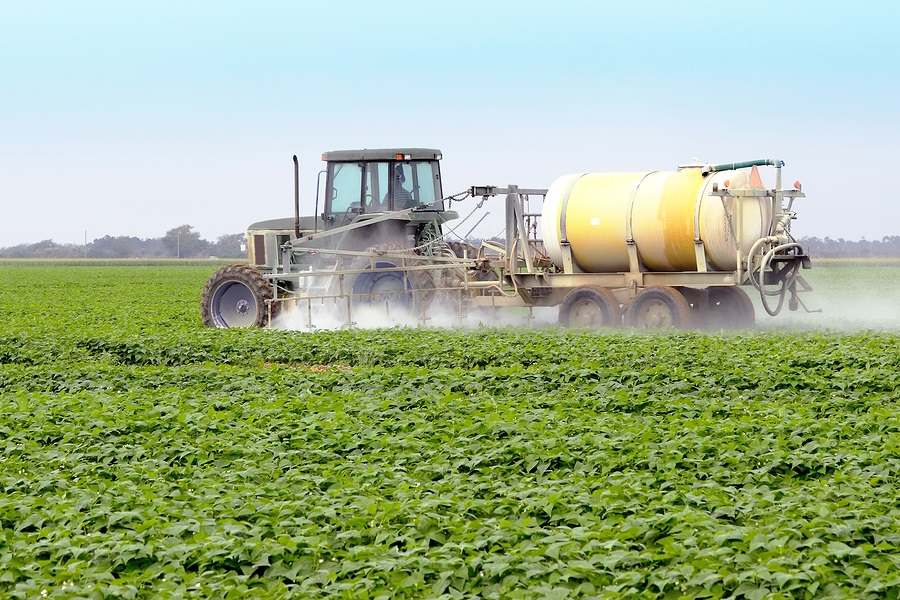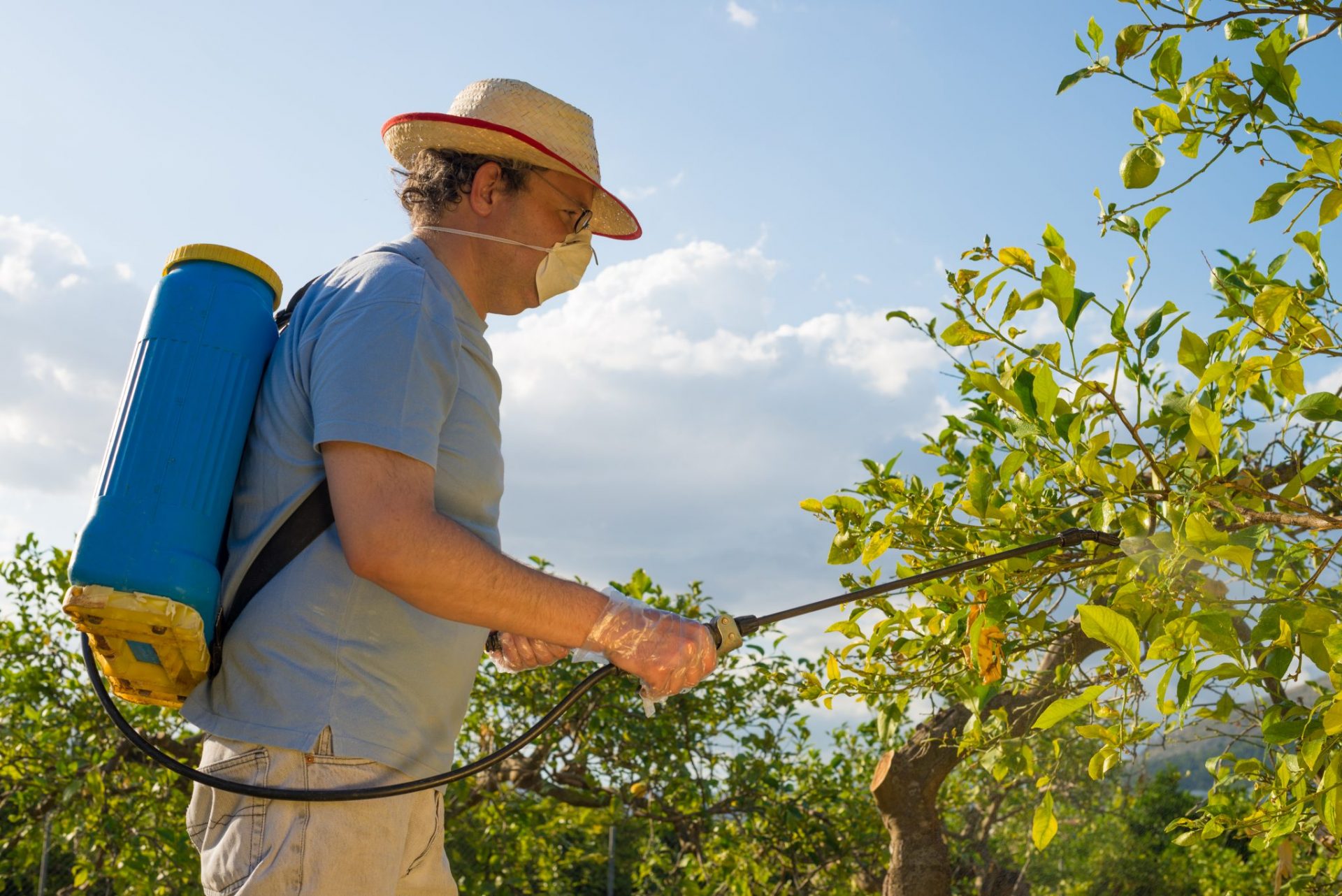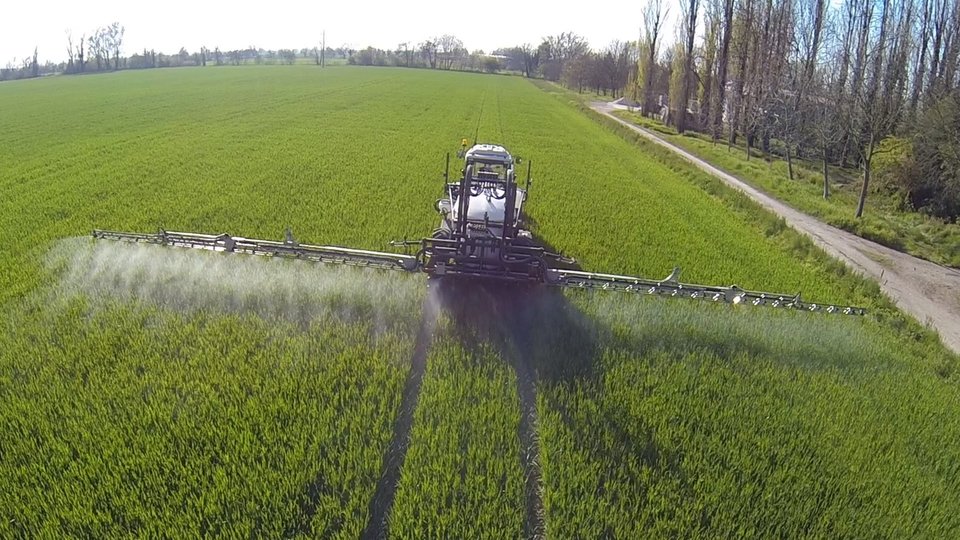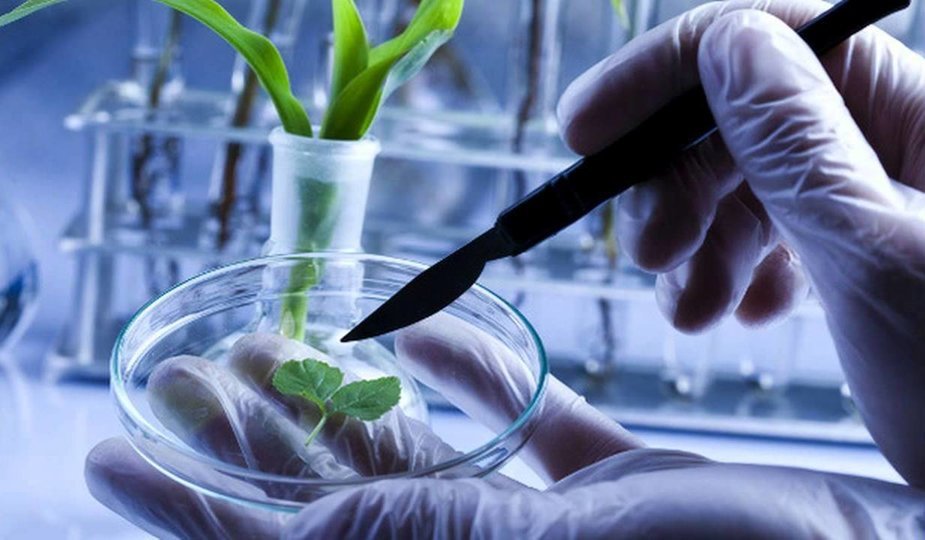Why the European Union is light-years ahead of the U.S. on regulating toxic chemicals
(NaturalHealth365) Why are other countries, especially in the European Union, so forward-thinking when it comes to regulating chemical toxins in food, personal care products and other consumables while the U.S. is so behind the times?
As it turns out, there are concrete answers to this question that reside deep within the policies of each region. Knowing about them can make you a healthier person and, most definitely, a more empowered citizen!
How the European Union regulates harmful substances
In Europe, the law that forms the basis of chemical regulation today came into being in 2007 and is known as Registration, Evaluation, Authorization and Restriction of Chemicals, or REACH. According to the European Chemicals Agency (ECHA) website, REACH determines whether a substance is safe for public or industrial use by placing the burden of proof on companies:
“To comply with the regulation, companies must identify and manage the risks linked to the substances they manufacture and market in the EU. They have to demonstrate to ECHA how the substance can be safely used, and they must communicate the risk management measures to the users.”
This means that if risks cannot be managed, “the authorities can restrict the use of substances in different ways” and “the most hazardous substances should be substituted with less dangerous ones.”
REACH also sets a high bar for companies to prove the safety of their products, since it requires that manufacturers submit a full report of toxicity data before approval. Makes sense, right?
Lead and asbestos have been “grandfathered in” to EPA regulations
This stance is very different than how the United States Environmental Protection Agency (EPA) handles and monitors potentially dangerous chemical substances. Today, the U.S. Toxic Substances Control Act (TSCA) also requires a full set of toxicity data for each new substance submitted for approval.
When TSCA came into effect in 1976, however, there were roughly 60,000 potentially dangerous and carcinogenic substances that were already in use. These substances were subsequently “grandfathered” in to the law and have never been subject to regulatory safety testing.
Most of these substances come with known health hazards that continue to affect the health of millions.
In fact, the grandfather clause was the reason why asbestos is still in use in some U.S. industries (the EPA tried to ban this known-carcinogen in the late 1980’s, but the ban was overturned by federal court).
Lead exposure, which research has proven can result in neurological issues even at low levels, is currently restricted from use in interior paint, but is still used in industrial manufacturing.
While the EU deals with potentially harmful substances like asbestos, lead and formaldehyde with a “guilty until proven innocent” mentality, the EPA and other regulatory bodies in the U.S. see a substance as “innocent until proven guilty.” This means that while newer substances in the U.S. do have to adhere to tougher guidelines, the burden of proof falls on regulators to prove harm, not on companies to prove safety.
A case in point is food additives, such as Red Dye No. 40 and Yellow Dye No. 5 and 6. One of the major reports used to determine the health hazards of these additives was a 2007 double-blind study conducted by the University of Southampton in the UK.
Based on the evidence from the study, regulators in Britain decided to ban use of these dyes in food while the E.U. chose to put warning labels on products containing them. In the U.S., the Food and Drug Administration eventually found the study “inconclusive” because it looked at mixtures of additives not single ones. Today these dyes, which can lead to hyperactivity in children, are still in use in the U.S.
Unlike the Southampton study, many scientific reports used to make regulatory determinations for the EPA, the FDA and other U.S. government bodies are submitted by companies themselves.
Chemical regulation in the U.S. relies on “voluntary compliance” with the EPA
The chemical regulatory climate, or lack thereof, within the U.S. had led to a kind of “honor system,” where change has come through actions on the part of manufacturers themselves. Of course, this action has more to do with consumer pressure and market trends than on adherence to moral standards and civic duty, with a few exceptions.
From where we are in the U.S., it is hard to imagine that there is another tide turning elsewhere regarding consumers’ right to safe consumable products. Indeed, however, there is – and it is exemplified by the actions of EU countries as well as other countries worldwide over the last decade.
It can also be seen on a smaller scale at the state level within the U.S. An example is the recent passage of SB 258 in California, which requires the disclosure of ingredients in household and institutional cleaning products directly on labels, including ingredients in fragrances.
Consumer safety is not picture perfect in the EU by any means. It is, however, light-years ahead of current American federal policy. What’s more, it can be a blueprint from which to work with as more and more consumers demand safer products and clearer information in the U.S. Protection from potentially cancer-causing substances in products we use every day and the pursuit of vibrant health is a human right worldwide!
Stay tuned for ‘Part 2’ of this special report, which will take a deep dive into the differences between GMO regulation in the EU and the US.
About the author: Dr. Veronique Desaulniers (“Dr. V”) is a best-selling author and specialist in Chiropractic, Bio-Energetics, Meridian Stress Analysis, Homeopathy and Digital Thermography. After 30 years in active practice, she decided to “retire” and devote her time to sharing her personal, non-toxic Breast Cancer healing journey with others. Her years of experience and research have culminated in “The 7 Essentials™ “, a step-by-step coaching program that unravels the mystery of healing the body. Her website and personal healing journey have touched the lives of thousands of women around the globe. To get your F.R.E.E. 7-day mini e-course and to receive her weekly inspiring articles on the power of natural medicine – visit: BreastCancerConqueror.com
Sources for this article include:
GMO.news
ECHA.europa.eu
EPA.gov
TheAtlantic.com
SmithsonianMag.com
NIH.gov
EPA.gov
PaneraBread.com
NIH.gov





